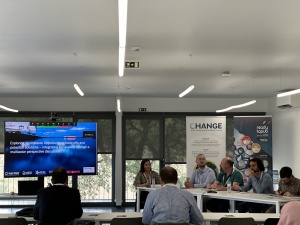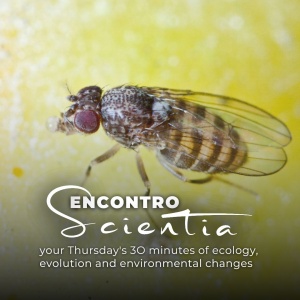Ecology of a rare and endemic Plantago species
Helena Serrano
PhD, Ecology of Environmental Change Group
The Critically Endangered plant Plantago almogravensis Franco has been included in the Habitats Directive, in Portugal. It is limited to one known population (within an extent of occurrence of less than 3 ha) in the Southwest coast. So far, the conservation measures have been insufficient and it has a Bad conservation status (Habitats Directive 2013). Knowledge about a species’ ecology is fundamental for understanding its relation with the environment and with co-occurring species and plan better suited conservation measures.
The aims of this work (PhD thesis in Biology/Ecology) were to study the ecology of P. almogravensis, contributing to the theoretical study of rarity and to envisage suited guidelines to improve its conservation status. Also it intends to better understand its taxonomic position among similar taxa.
A wide range in morphology and environmental variables were observed in the small habitat area of the species. The ecological niche was characterized, establishing the importance of competition and environmental stress (namely Al-toxicity) for the width of the realized niche. The ecological niche was associated with soil microbial communities, which influence germination and plant survival. Limitations in germination and juvenile survival during establishment are critical, and could be associated with soil aluminium inpacting plant development, in spite of the high aluminium plant resilience. Overall, a decrease in the population is envisaged from field population dynamics, associated with limitations in the production of flowers, of viable seeds and with dispersion.The enhanced Al-tolerance (Al-hyperaccumulation) and the plant refuge in geochemical islands were confirmed. The hyperaccumulation of aluminium is likely to have a phylogenetic origin, though the Plantago genus hyper-accumulates also other metals. Three conservation priorities were identified: (i) reduce fragmentation; (ii) identify new suitable habitats and colonize; (iii) assisted reproduction. Conservation efforts could be primarily directed to continue the assisted reintroduction and monitoring, on the Southwest coast, creating new sub-populations, independently of maintaining or improving the ecological conditions of the current population. This work shows that ecological and species evolutionary uniqueness should be incorporated in conservation measures.
5ª feira, 17 de Dezembro de 2015
FCUL (Edif. C6) – 12.00h-13.00h – Sala 6.2.51






